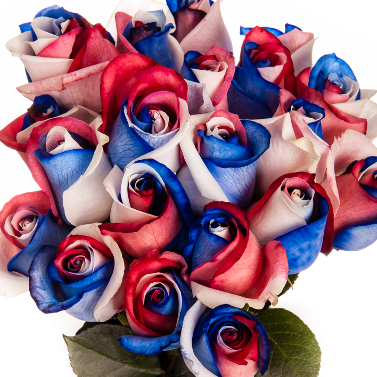A bouquet contains red roses, whites roses, and blue roses. The total number of red roses and white roses is 100, the total number of white roses and blue roses is 53, and the total number of blue roses and red roses is less than that. How many roses of each color are there?

At first glance there seem to be two correct answers to the above riddle, namely a bouquet with 1 blue rose, 52 white roses and 48 red roses and a bouquet with 2 blue roses, 51 white roses and 49 red roses. However, if you read the riddle carefully, it says that the bouquet contains blue roses. A plural form. This means that only the second combination is a correct solution to the riddle.
Input
The input consists of three lines. The first line contains a natural number that indicates the total number of red and white roses in a bouquet. The second line contains a natural number that indicates the total number of white and blue roses in a bouquet. The third line contains either the "greater than" (>) operator or the "less than" (<) operator, indicating that the total number of blue and red roses is greater/smaller than the total number of white and blue roses.
Output
Three natural numbers, each on a separate line, respectively indicating the total number of blue, white and red roses in the bouquet. We guarantee that there is exactly one solution for which there are at least two roses of each color.
Example
Input:
100
53
<Output:
2
51
49